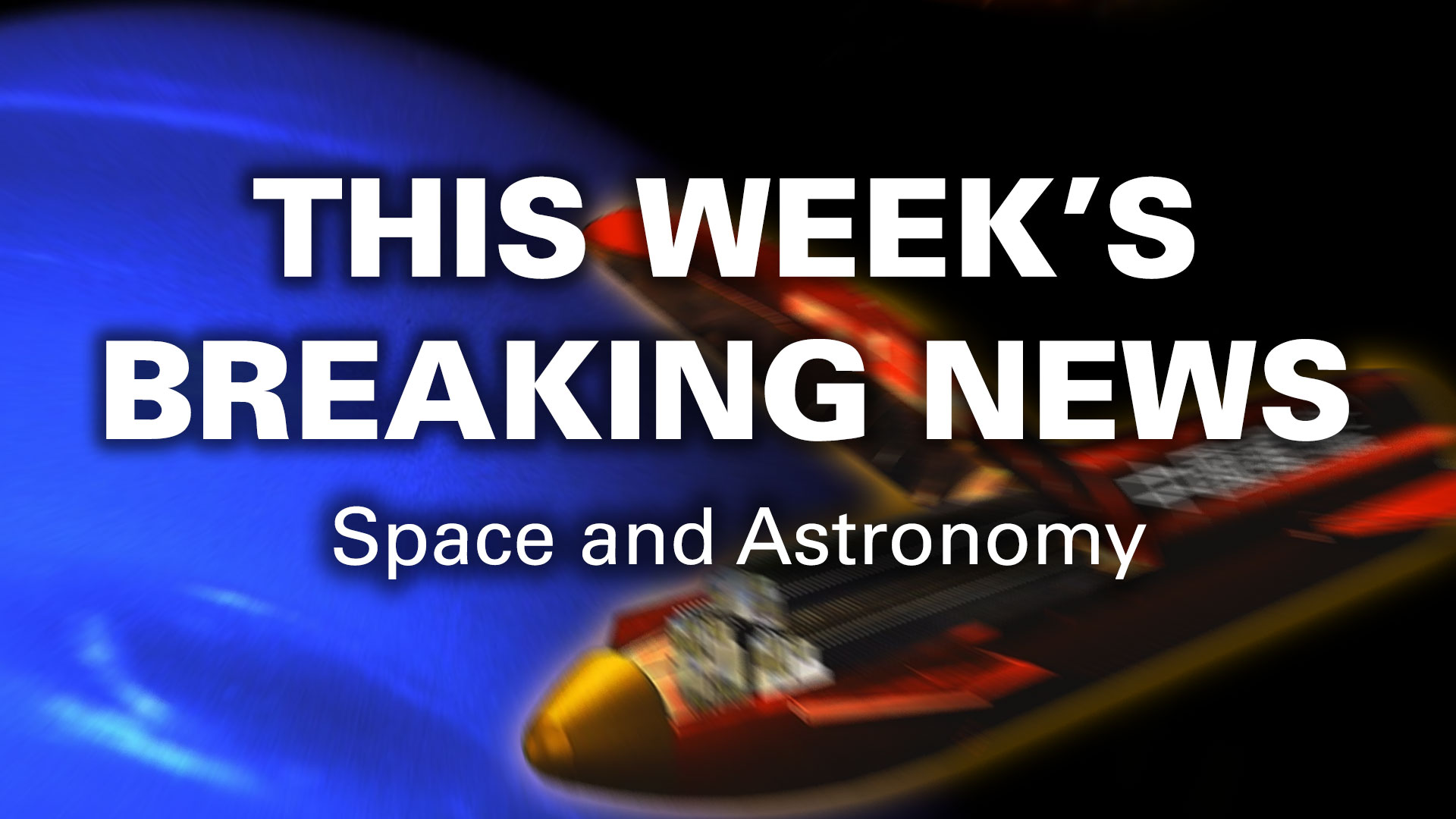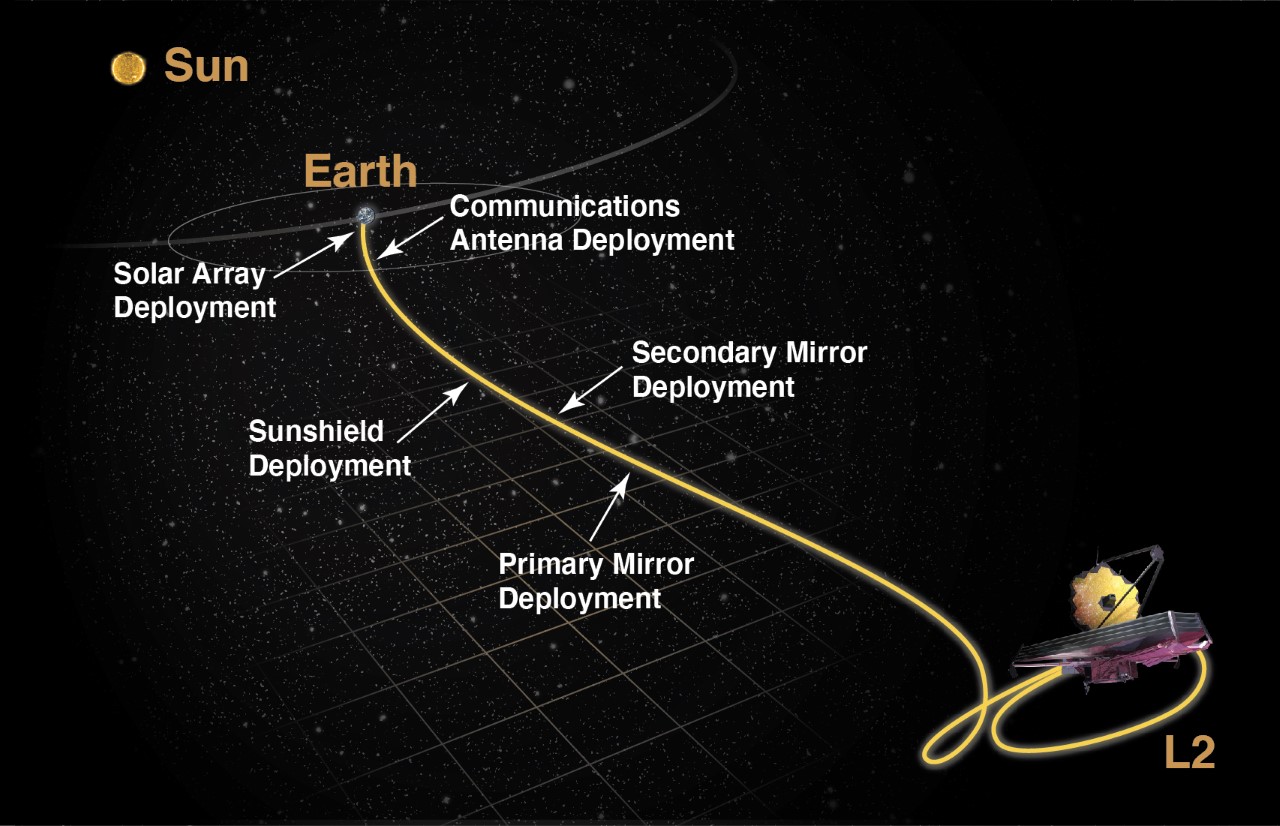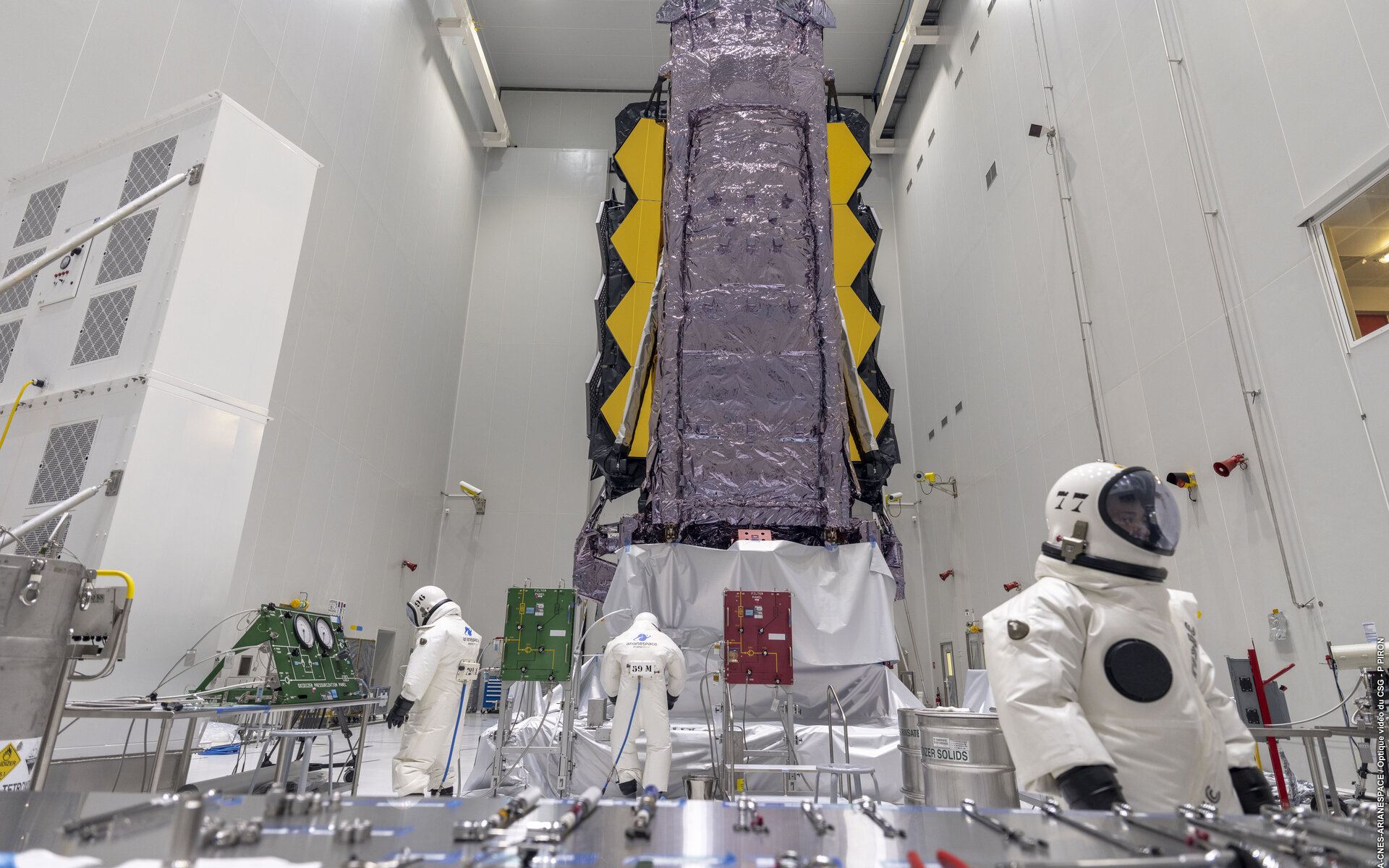Even more pictures from James Webb Space Telescope, China’s planning a mission to Neptune, SpaceX’s Booster 7 suffers from an explosion, black holes are messy eaters, going under Europa’s ice crust and more.
Continue reading “Booster 7’s BOOM, Nuclear Mission to Neptune, More JWST Images”Want to Know What James Webb Looks Like in Powerful Earth Telescopes? Prepare to be Underwhelmed
The past month has been an exciting time for the James Webb Space Telescope! After launching on Christmas Day, the telescope spent the next few weeks deploying its mirrors, checking the individual segments, and then maneuvering to L2, where it will spend the next ten to twenty years unlocking the mysteries of the cosmos. According to NASA Administrator Bill Nelson, the Chief Science Communications Officer (CSCO) for the JWST and the Hubble Space Telescope (HST) for the ESA, James Webb will begin collecting light this summer.
To mark the occasion, the Virtual Telescope Project (VTP) captured images of James Webb to give people a sense of what it looks like in orbit. Unfortunately, there’s not a lot to see there, other than a bright dot in the night sky. But like Carl Sagan’s famous “Pale Blue Dot” picture of Earth (taken by Voyager 1 on its way out of the Solar System), or Cassini’s “The Day Earth Smiled” image, there’s a tremendous amount of significance in that small point of light.
Continue reading “Want to Know What James Webb Looks Like in Powerful Earth Telescopes? Prepare to be Underwhelmed”JWST Just Deployed a Sail That Lets it Stop Getting Pushed Around by the Sun’s Radiation.
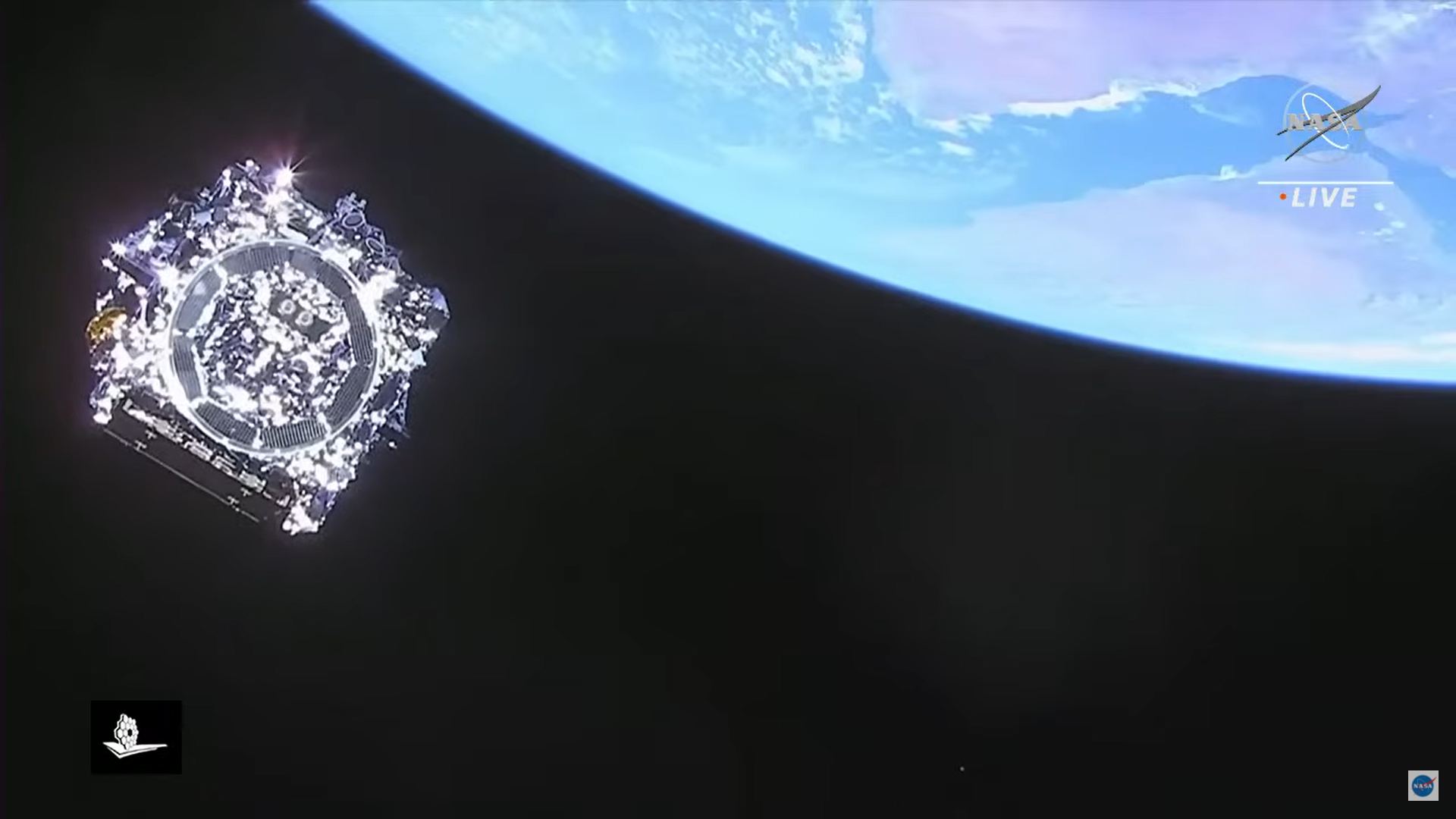
On December 25th, 2021, astronomers and space exploration enthusiasts got the greatest Christmas present of all! After years of delays, cost overruns, and additional testing, the James Webb Space Telescope (JWST) launched from Europe’s Spaceport in Kourou, French Guiana. In what was a real nail-biter, the Ariane 5 rocket and its precious payload reached orbit without a hitch. But as is so often the case, the deployment of the JWST was just the first in a series of “hurry up and wait” episodes.
Typically, periods of waiting are seeing are accompanied by plenty of worry and doubt. Luckily, there have been several positive developments since the JWST launched that could help alleviate these anxieties. The latest is how the telescope successfully deployed its aft momentum flap, an instrument that will keep the telescope oriented during its mission. The news was announced yesterday (December 30th) via @NASAWebb, NASA’s official Twitter account for the Webb telescope, and the JWST page at NASA Blogs.
Continue reading “JWST Just Deployed a Sail That Lets it Stop Getting Pushed Around by the Sun’s Radiation.”After 10 Days of Dangerous, Careful Work, James Webb has Been Fully Fueled up
On Oct. 12th, 2021, after years of waiting and cost overruns, the James Webb Space Telescope (JWST) finally arrived safely at Europe’s Spaceport in Kourou, French Guiana. The crews began unboxing the next-generation observatory and getting it ready for integration with the Ariane 5 rocket that will take it to space. Then, an “incident” occurred where a clamp band suddenly released, sending vibrations throughout the facility. Once again, the JWST’s launch date was pushed back while crews investigated the source of the problem.
But lo and behold, the due diligence is now done, and the James Webb is back on track! According to the latest news from the ESA, crews have finished fueling the JWST’s thrusters in preparation for its launch, which is scheduled for Dec. 22nd. The Webb will use these thrusters to make course corrections after separating from the Ariane 5 rocket in orbit, maintaining its prescribed orbit, and repointing the observatory during operations.
Continue reading “After 10 Days of Dangerous, Careful Work, James Webb has Been Fully Fueled up”Finally! Here’s the Video of Webb’s Unboxing
It’s been a long time coming. Finally, after years of delays and billions of dollars in budget overruns, the James Webb Space Telescope (JWST) is ready to fly. To celebrate the occasion, ESA released a video showing the “unboxing” of one of the most highly advanced technical achievements in human history. It is truly as impressive as it sounds.
Continue reading “Finally! Here’s the Video of Webb’s Unboxing”We Could Find Extraterrestrial Civilizations by Their Air Pollution
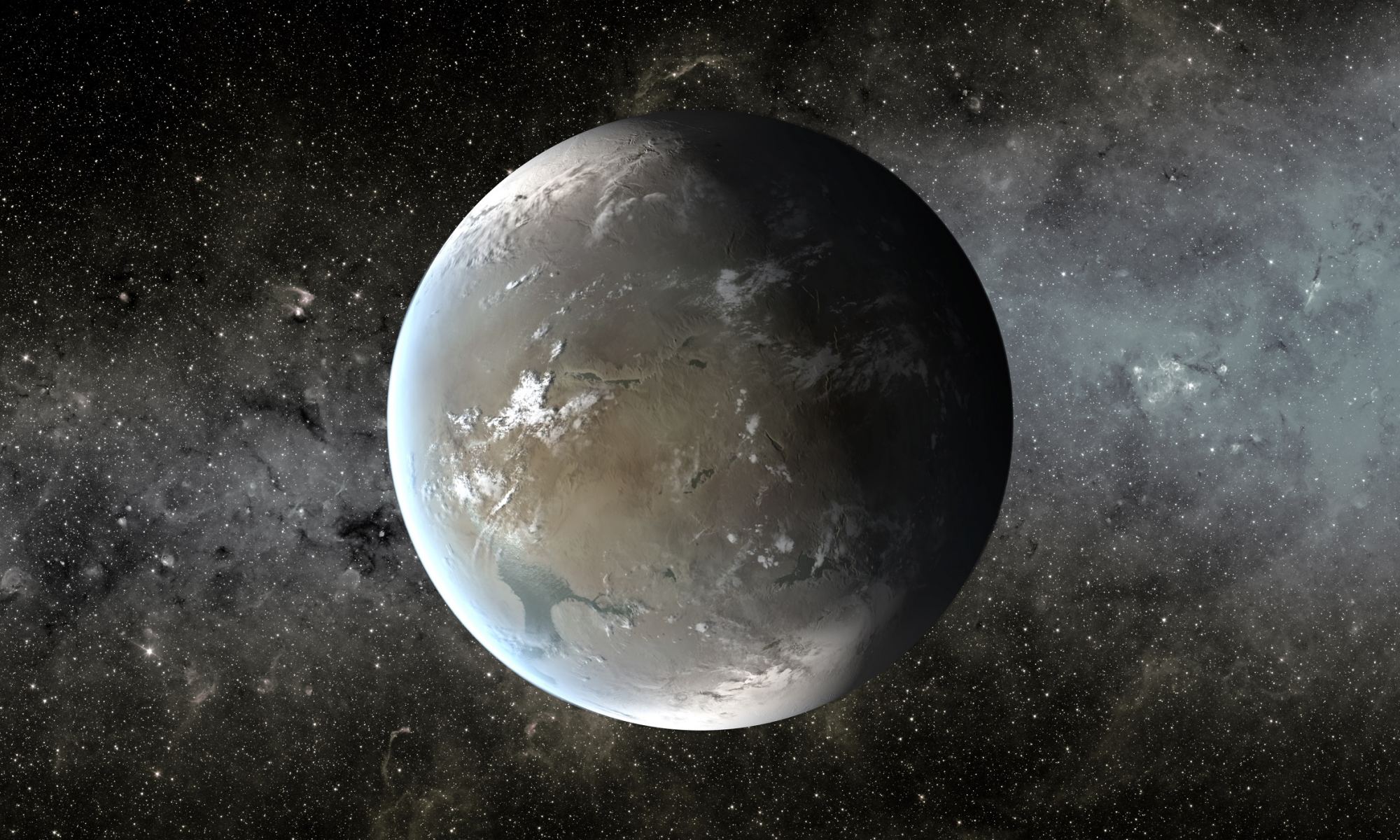
Upcoming telescopes will give us more power to search for biosignatures on all the exoplanets we’ve found. Much of the biosignature conversation is centred on biogenic chemistry, such as atmospheric gases produced by simple, single-celled creatures. But what if we want to search for technological civilizations that might be out there? Could we find them by searching for their air pollution?
If a distant civilization was giving our planet a cursory glance in its own survey of alien worlds and technosignatures, they couldn’t help but notice our air pollution.
Could we turn the tables on them?
Continue reading “We Could Find Extraterrestrial Civilizations by Their Air Pollution”James Webb is Working Perfectly! On the Ground. Next Trick: Doing it From Space
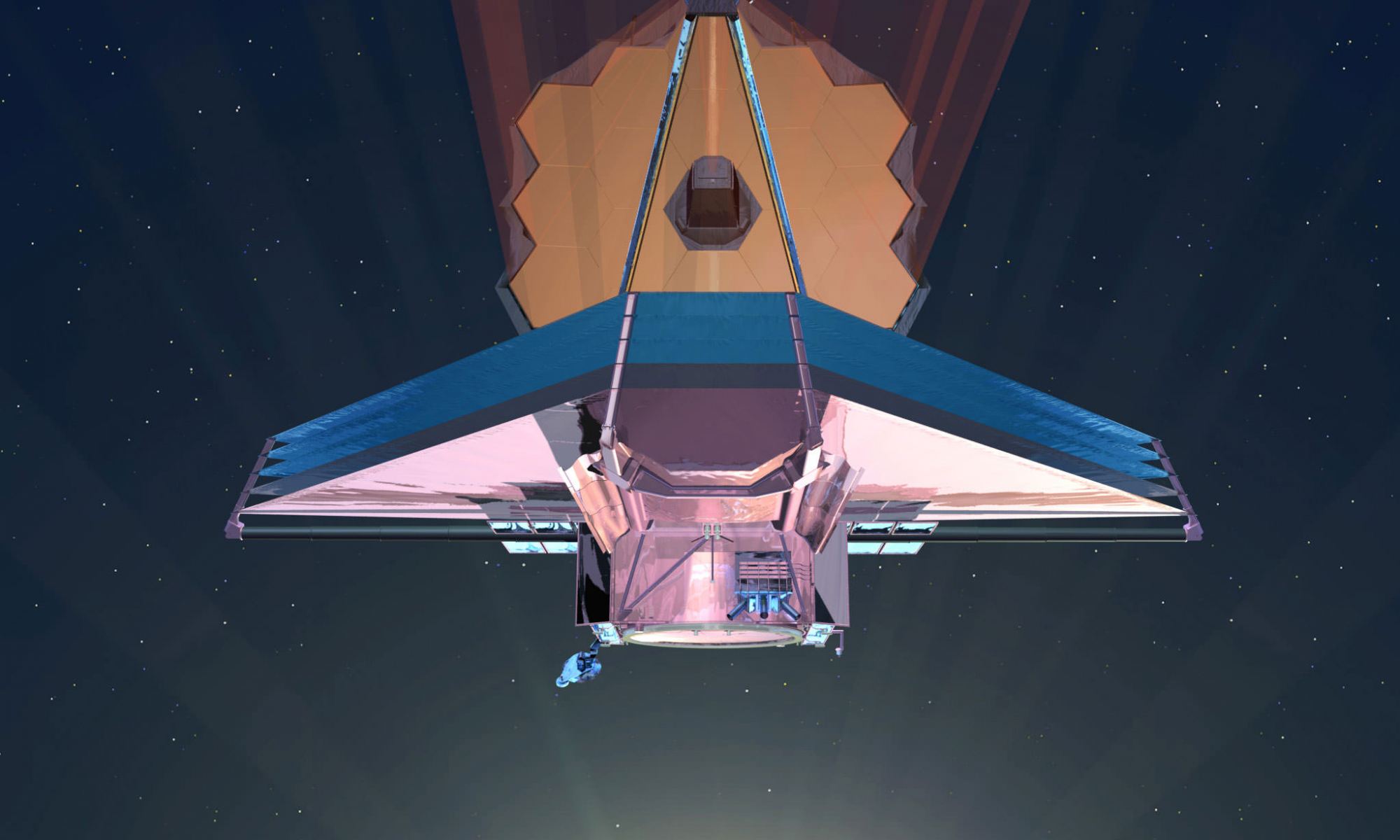
When it launches next year, the James Webb Space Telescope (JWST) will be the largest, most complex, and most sophisticated observatory ever sent into space. Because of this, the mission has been delayed multiple times as ground crews were forced to put the telescope through a lengthy series of additional tests. All of these are to make sure that the JWST will survive and function in the vacuum and extreme temperature environment of space.
Recently, the testing teams conducted the critical “Ground Segment Test,” where the fully-assembled observatory was powered up and to see how it would respond to commands in space. These commands were issued from its Mission Operations Center at the Space Telescope Science Institute (STScI) in Baltimore. Having passed this latest milestone, the JWST is now on track for its scheduled launch next year in October.
Continue reading “James Webb is Working Perfectly! On the Ground. Next Trick: Doing it From Space”James Webb Completes a Comprehensive Systems Test for the First Time
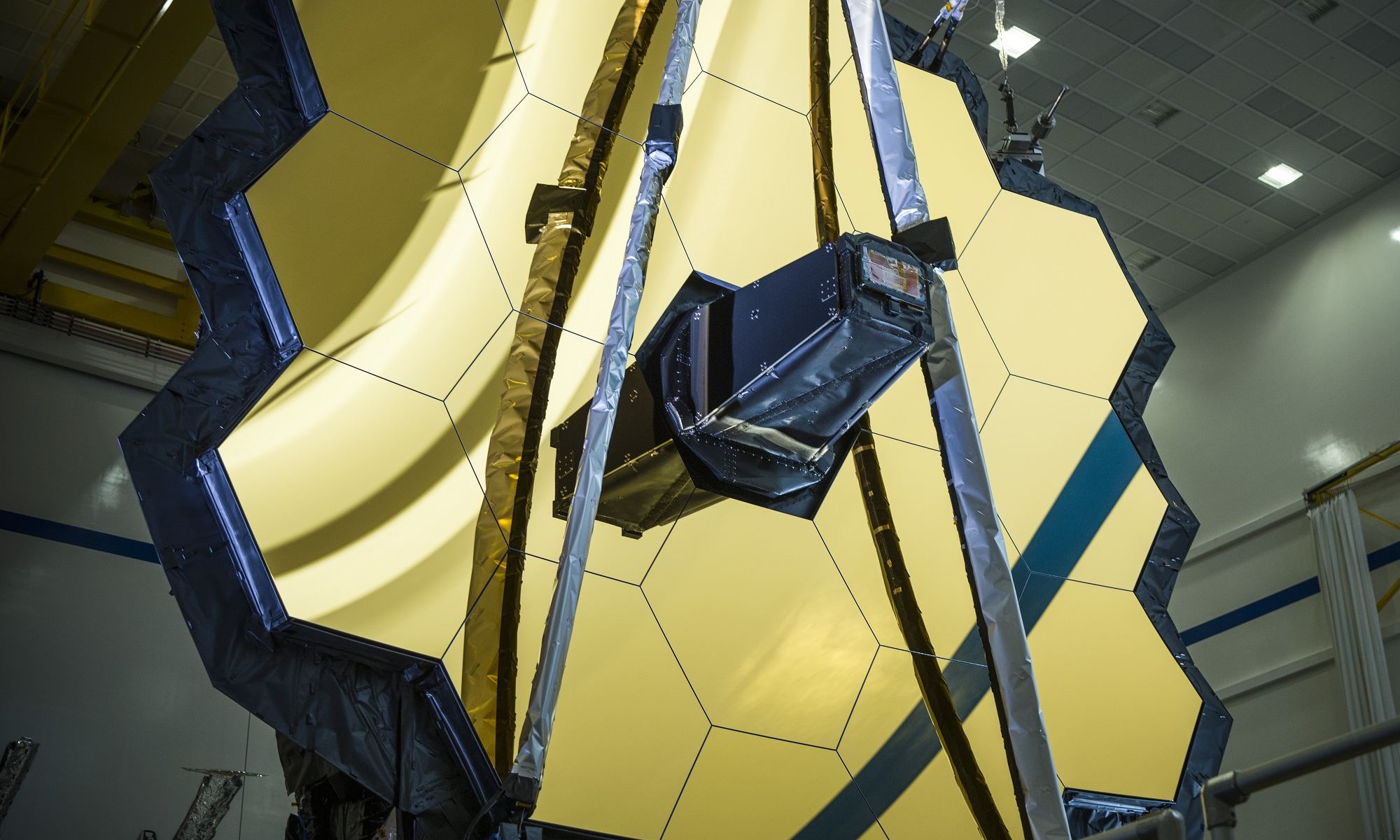
In 1996, NASA began working on the James Webb Space Telescope (JWST), a next-generation infrared observatory that would be a total game-changer. And next year, after multiple delays, cost overruns, and exhaustive testing, the observatory will finally take to space. Despite an additional delay forced by the outbreak of COVID-19, NASA recently announced that it is targeting Oct. 31st, 2021, as the launch date.
In other good news, teams at NASA’s Goddard Space Flight Center took advantage of the fact that the JWST is now fully-assembled to conduct the highly-critical software and electrical analysis known as the Comprehensive Systems Test (CST). This was the first time that a full systems-evaluation was conducted on the fully-assembled vehicle, and will help ensure that the JWST will function in space when the time comes!
Continue reading “James Webb Completes a Comprehensive Systems Test for the First Time”James Webb is Fully Stowed Into its Launch Configuration
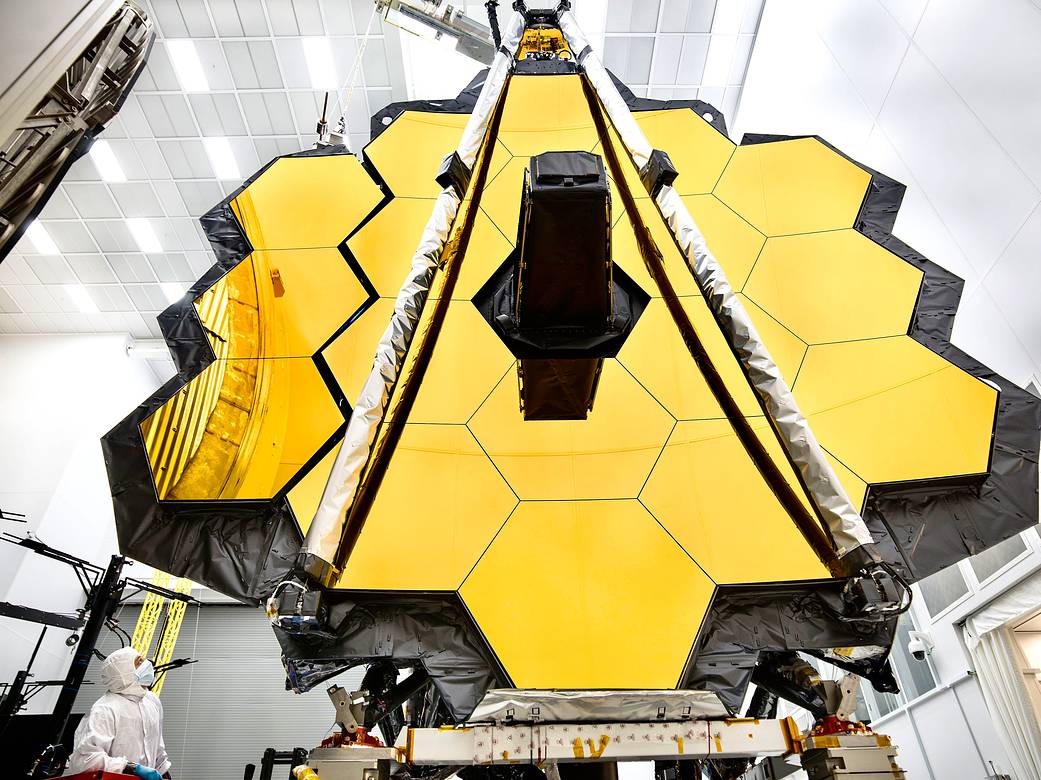
We’re inching closer and closer to the James Webb Space Telescope’s (JWST) launch date of March 30th, 2021, (or maybe July 2021.) We never thought we’d get this close, with only a year to go before we send this powerful space telescope on its way. Now the telescope has been put in its launch configuration.
Continue reading “James Webb is Fully Stowed Into its Launch Configuration”It Looks Like James Webb’s Launch Date is Going to Slip to July 2021

Put “James Webb Telescope launch” into your search engine and you’ll be flooded with links, some reaching back to the ‘scope’s first proposed launch date in 2010. The delayed launch of the space telescope is a running theme in the space community, even though we all know it’s going to be worth the wait. So nobody will be surprised by this latest development in the story of the world’s most anticipated telescope.
Continue reading “It Looks Like James Webb’s Launch Date is Going to Slip to July 2021”
